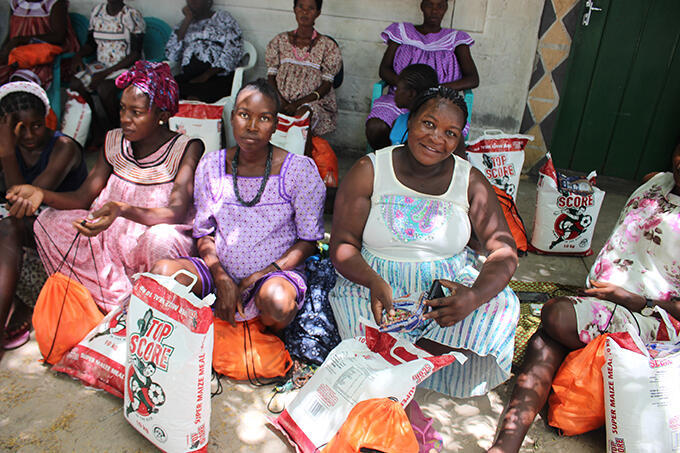WINDHOEK/ Namibia - Namibia launches its official national Multidimensional Poverty Index (MPI) today to further inform and guide its poverty reduction strategies.
The report, which was conceptualised and constructed using data collected by the Namibia Statistics Agency (NSA), represents multidimensional poverty measurements and analysis for Namibia at national and regional levels and looks at characteristics such as age groups, sex of the head of the household, household size and main spoken language.
The MPI will serve as a strategic tool to inform budgeting and policymaking, while also providing baseline data for measuring progress towards eliminating poverty in all its forms in line with the Sustainable Development Goals.
The report found that while progress has been made in reducing monetary poverty in Namibia from 27.6% in 2004 to in 2016, more than 43.3 percent of Namibia’s population are still living in multidimensional poverty.
“MPI can be a useful tool to monitor progress on Vision 2030, National Development Plans as well as on Sustainable Development Goals,” said National Planning Commission Director General, Obeth Kandjoze, when launching the report.
Key findings include:
- More than 43.3 percent of Namibia’s population live in multidimensional poverty.
- The average intensity of poverty is 44.0%, meaning that poor people in Namibia experience, on average, 44.0% of the weighted deprivations.
- Rural areas were found to be poorer than urban areas, reported at 59.3% and 25.3%, respectively.
- Across the fourteen administrative regions of Namibia, the incidence of multidimensional poverty was highest in Kavango West (79.6 %), Kavango East (70.0 %) and Kunene (64.1 %).
- The incidence of multidimensional poverty is higher among female-headed households (with a rate of 46%), than male-headed households (with a rate of 41%).
- In terms of languages, the highest incidence of multidimensional poverty was reported amongst the population whose main language was Khoisan (93%), followed by Rukavango (68%) and Zambezi (54%). This is in stark contrast to populations whose main spoken languages were English and German (each with 3%).
The Namibian MPI was developed as part of a collaboration led by the NSA, with UNICEF, UNDP, UNFPA, and Oxford Poverty and Human Development Initiative (OPHI).


